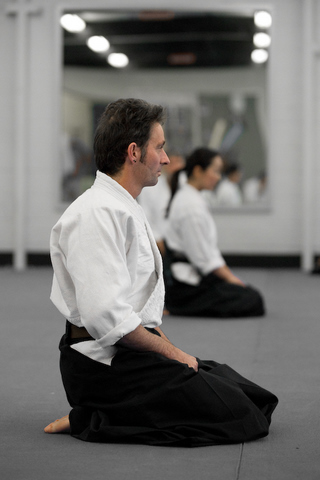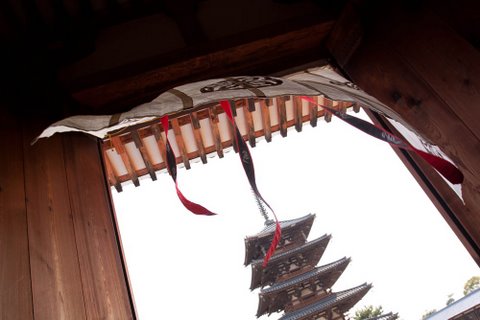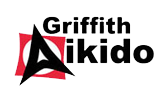Shukan News 10th October
Griffith Aikido Brisbane
If you have any contribution for the Shukan News (story, photograph, video), please send it via email to gary@garyweigh.com
1. What does a black belt mean?
 In Aikido, as in many other martial arts, the first black belt level is Shodan. This designation literally means ‘first step’. It is a common misconception that achieving a black belt is the end of the journey. In fact, it is only the beginning.
In Aikido, as in many other martial arts, the first black belt level is Shodan. This designation literally means ‘first step’. It is a common misconception that achieving a black belt is the end of the journey. In fact, it is only the beginning.
There are a total of 10 subdivisions of black belt, called ‘Dan’ grades, which represent a lifetime of study in the art. It is hoped that by Shodan level, Aikido has become an integral part of the student’s everyday life.
In Aikido Yuishinkai, students who reach Shodan rank have previously completed seven (7) kyu grades. The Kyu grading certificates are issued at dojo level and are milestones against which to measure progress.
Upon reaching Shodan in Aikido Yuishinkai, the student is issued with an original (numbered) calligraphy created personally by Maruyama Sensei. This is formal acknowledgement that the recipient is accepted as a member of the Yudansha (i.e. persons who have Dan grades).
Achieving Shodan level is so much more than counting classes. Accumulating 100 classes over the course of a year is an absolute minimum but far from a guarantee.
All black belt gradings are by invitation only and Shodan is no exception. To be invited to grade, a student must have consistently demonstrated (prior to grading day) competence in all of the physical skills of Aikido.
In other words, he or she must be able to attack, defend, take ukemi and use the Bokken and Jo with ease. A Shodan candidate must understand the significance of relaxation, calm mind, softness, one-point, weight underside and Ki extension and have incorporated all of these principals into their practice.
 More importantly, he or she must have consistently demonstrated the attitude necessary to study Aikido seriously. They must have trained studiously, shown loyalty and respect towards their instructors and Sempai, willingly assisted instructors in class, observed all aspects of dojo discipline and tradition, and willingly helped and guided Kohai following behind them.
More importantly, he or she must have consistently demonstrated the attitude necessary to study Aikido seriously. They must have trained studiously, shown loyalty and respect towards their instructors and Sempai, willingly assisted instructors in class, observed all aspects of dojo discipline and tradition, and willingly helped and guided Kohai following behind them.
The Shodan candidate must have demonstrated in word and deed that they willingly embrace and preserve the Founder’s art and the traditions of the Yuishinkai School in all respects. As members of Aikido Yuishinkai Yudansha, all black belt students are personal representatives of Maruyama Sensei and fine examples of leadership to all students in the dojo.
Attaining Shodan is a unique experience for every student. Everyone’s journey is different. After years of training, reaching Shodan can be a joyous experience, or it can involve feelings of disappointment. It all depends on attitude and expectations.
It is always best to train simply for the love of the art and with no particular focus on gradings and belt colours. After all, from Shodan onwards, there will never be another change of belt colour. It will always be black.
To conclude, one of our instructors contributed a quote from Tohei Sensei, “Anyone can go to a shop and buy a black belt. Are they going to ask for your credentials?” It means that being a black belt is a state of mind. It is all about attitude!
2. Virtual suggestion box
We continue to seek feedback from all members. As most Nathan students would be aware, there is a colorful suggestion box that Jutta made, currently located in our Nathan dojo. Regardless, most people seem to feel more comfortable making suggestions via email. The main purpose of the physical suggestion box appears seems to be one of giving permission. So don’t be shy. If you want to express an opinion or make a constructive suggestion, free to email suggestions to info@griffithaikido.com.au. It is open to Nathan and Everton Hills students alike, regardless of rank. All suggestions will go to the management Committee for consideration.
3. Torn gi or hakama?
Andrew Moorhouse is our resident clothing and equipment repairer. He is a qualified motor trimmer / machinist with over 25 years experience in the trade, and has a broad range of sewing experience from surf clothing right the way through to leather ware. There is nothing he can’t fix – gi, hakama, kick bags, heavy duty clothing, vehicle upholstery and roof lining, cushions, chairs, lounges – to name a few! Call Andrew on 0435 428 044 or talk to him at Nathan dojo. He will do basic repairs on Aikido clothing for the cost of a class ($10). He will quote other repairs at very reasonable prices.
4. Etiquette Reminder
 Recently, fewer people are helping to put down the mats before adult classes at Nathan dojo. An increasing number of people are arriving late for class and the arrival times are becoming later and later.
Recently, fewer people are helping to put down the mats before adult classes at Nathan dojo. An increasing number of people are arriving late for class and the arrival times are becoming later and later.
It is also happening on Saturday mornings where work and traffic are not excuses.
Our Dojo Cho, Ben reminds you that it is respectful to arrive on time and that pitching in with dojo chores (mats, cleaning and vacuuming) is part of dojo life. As you have seen in the article above, it is all part of your Shodan training.
5. Thought for the week
“I’ve wanted to see beyond the Western, mechanical view of the world and see what else might appear when the lens was changed.” Margaret J Wheatley
